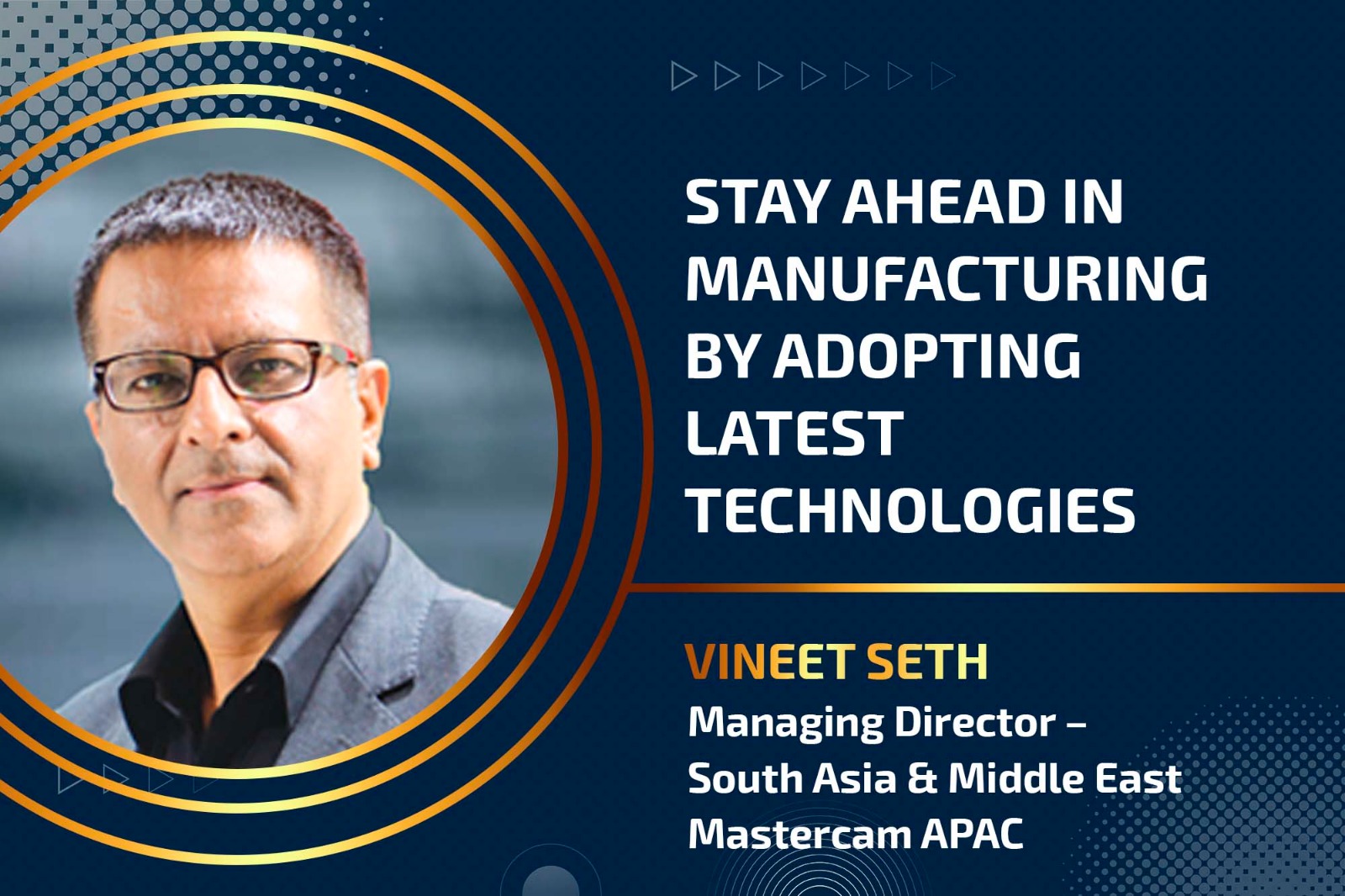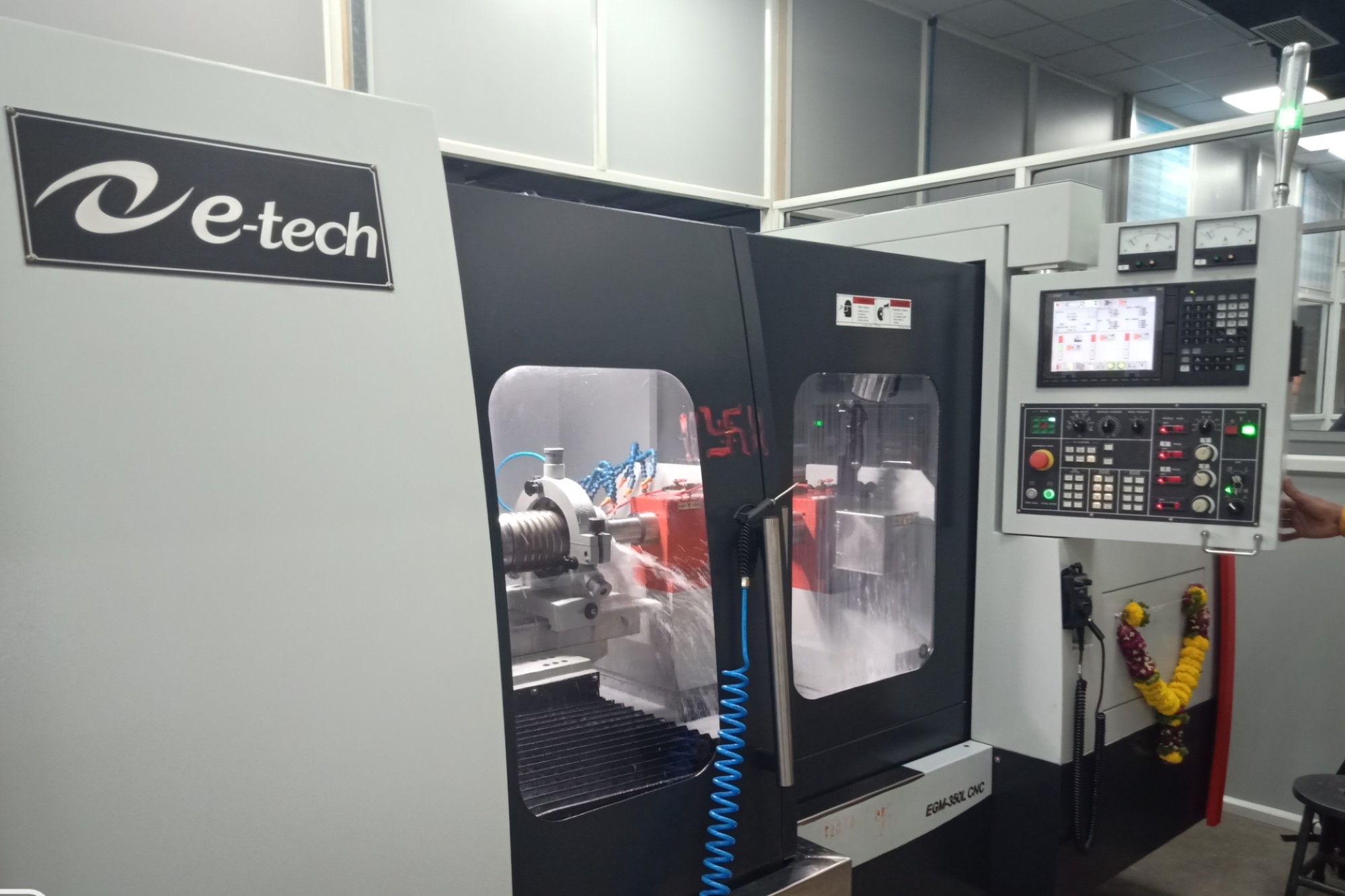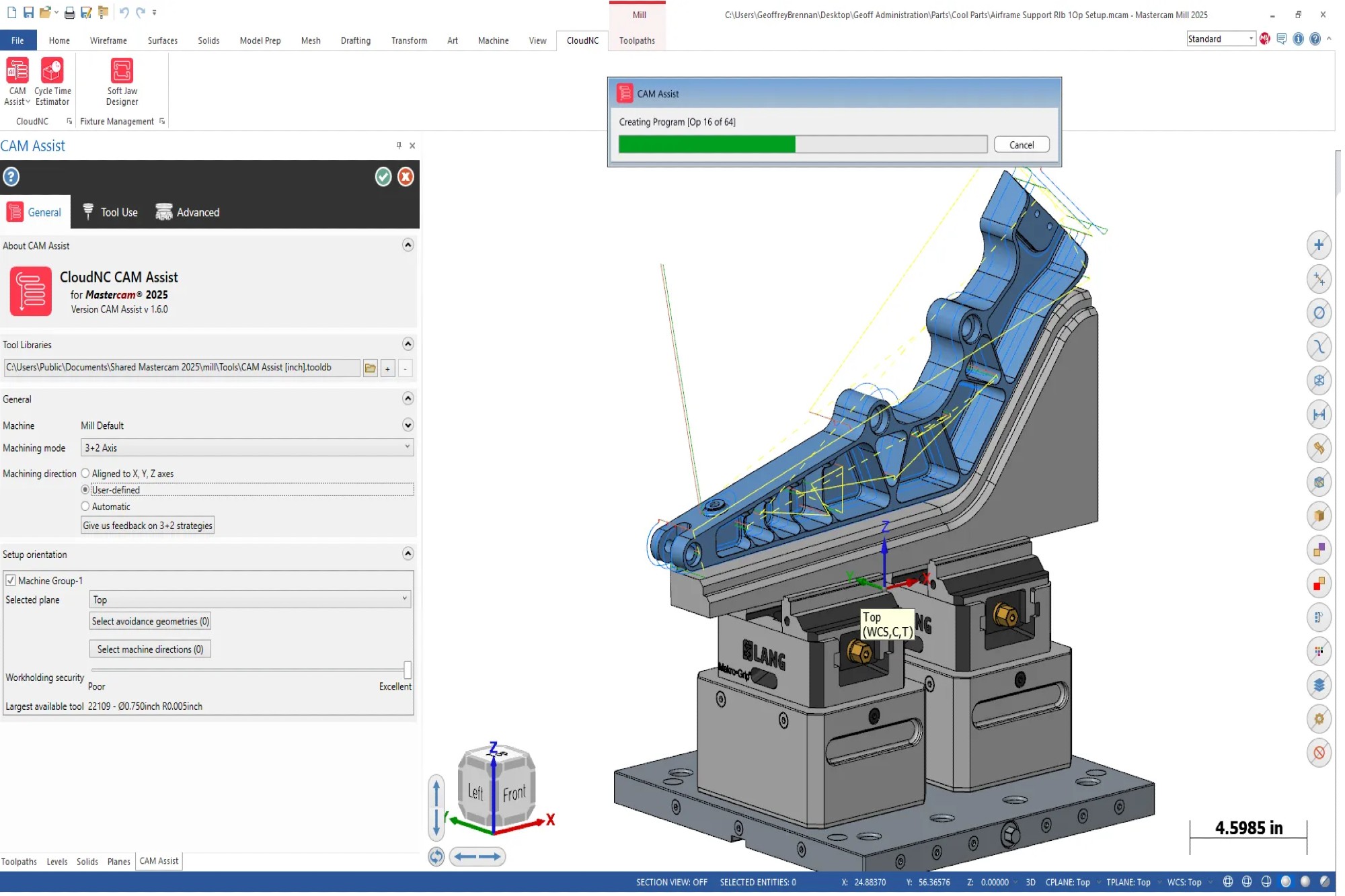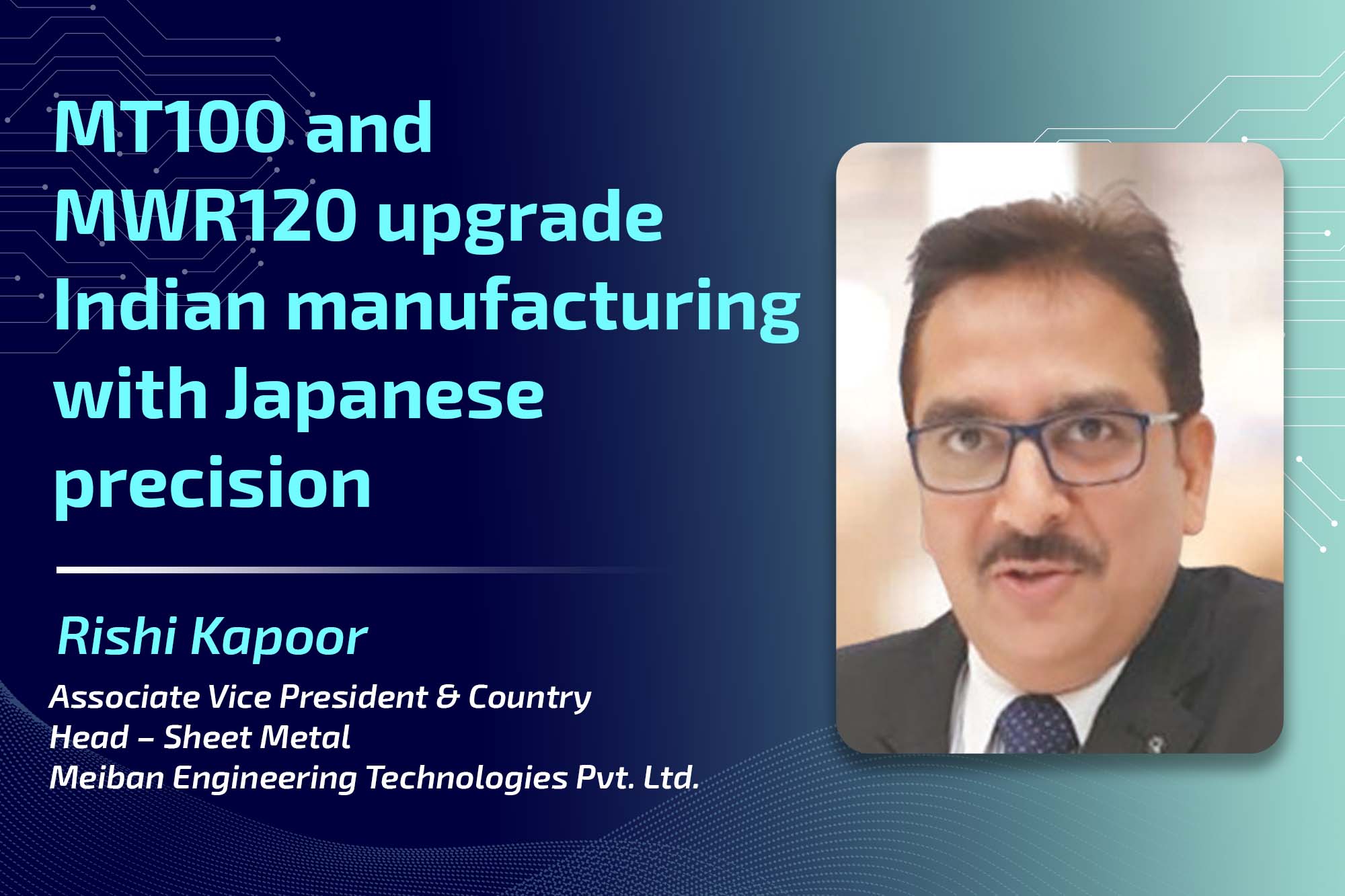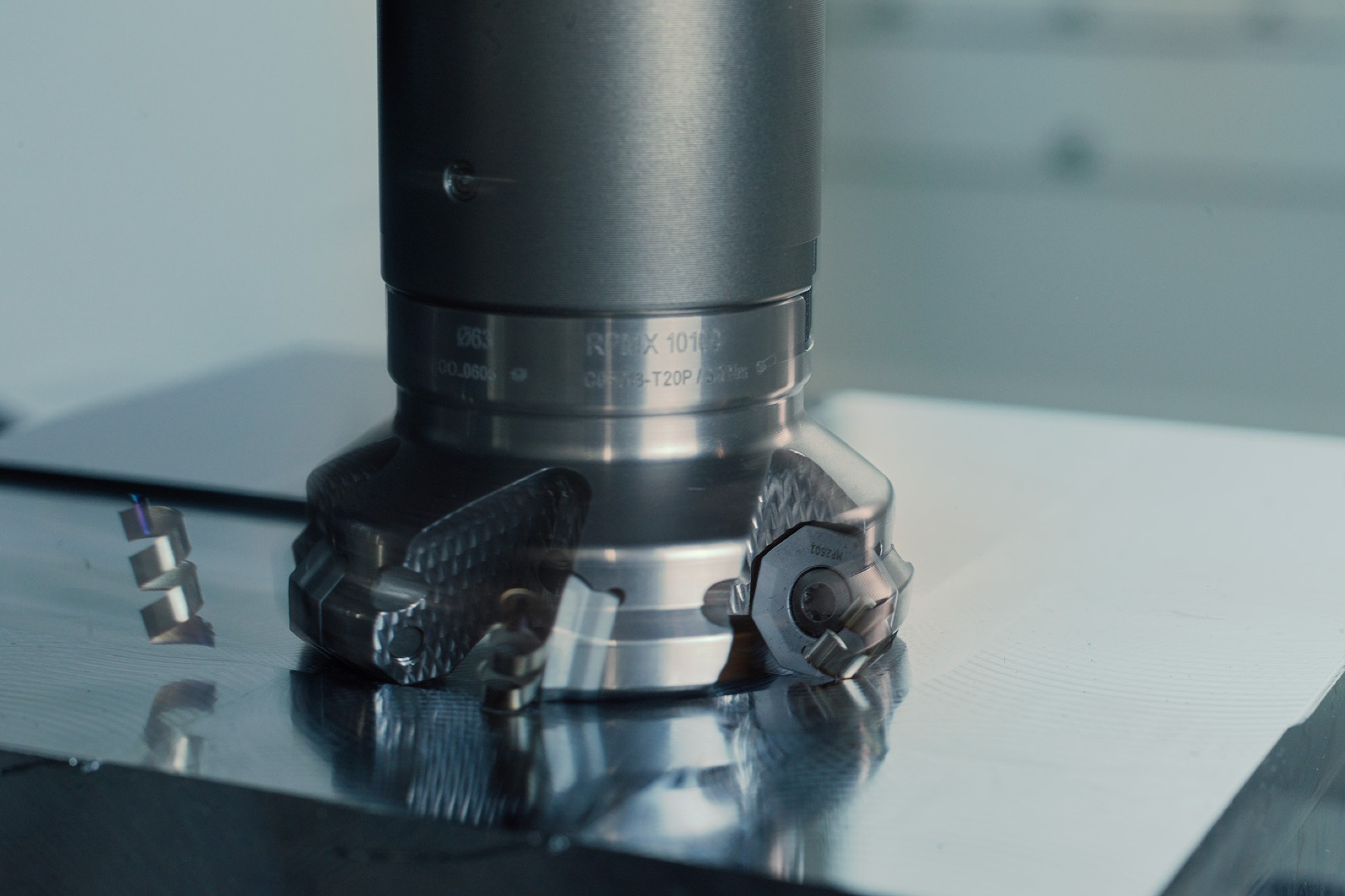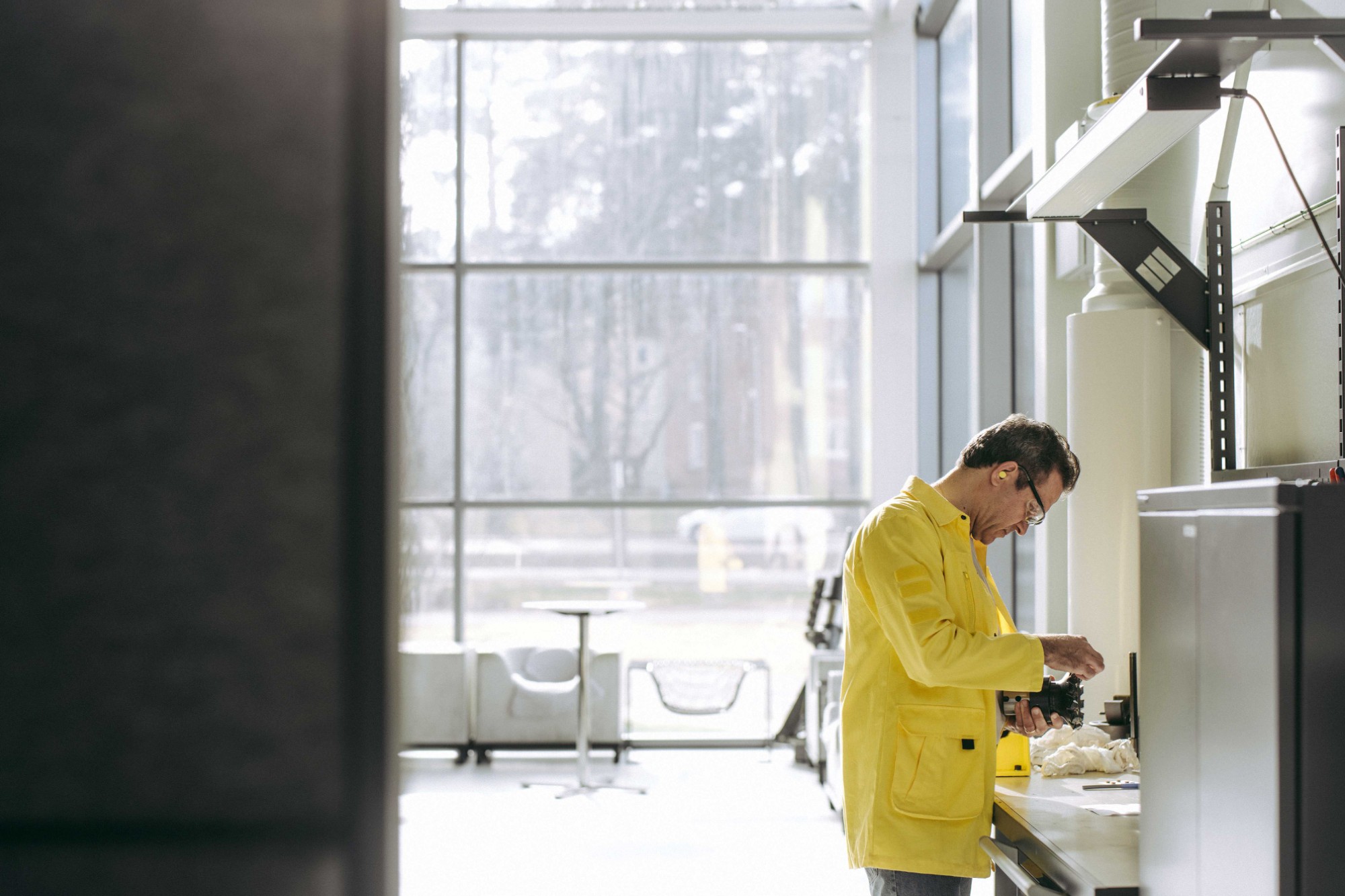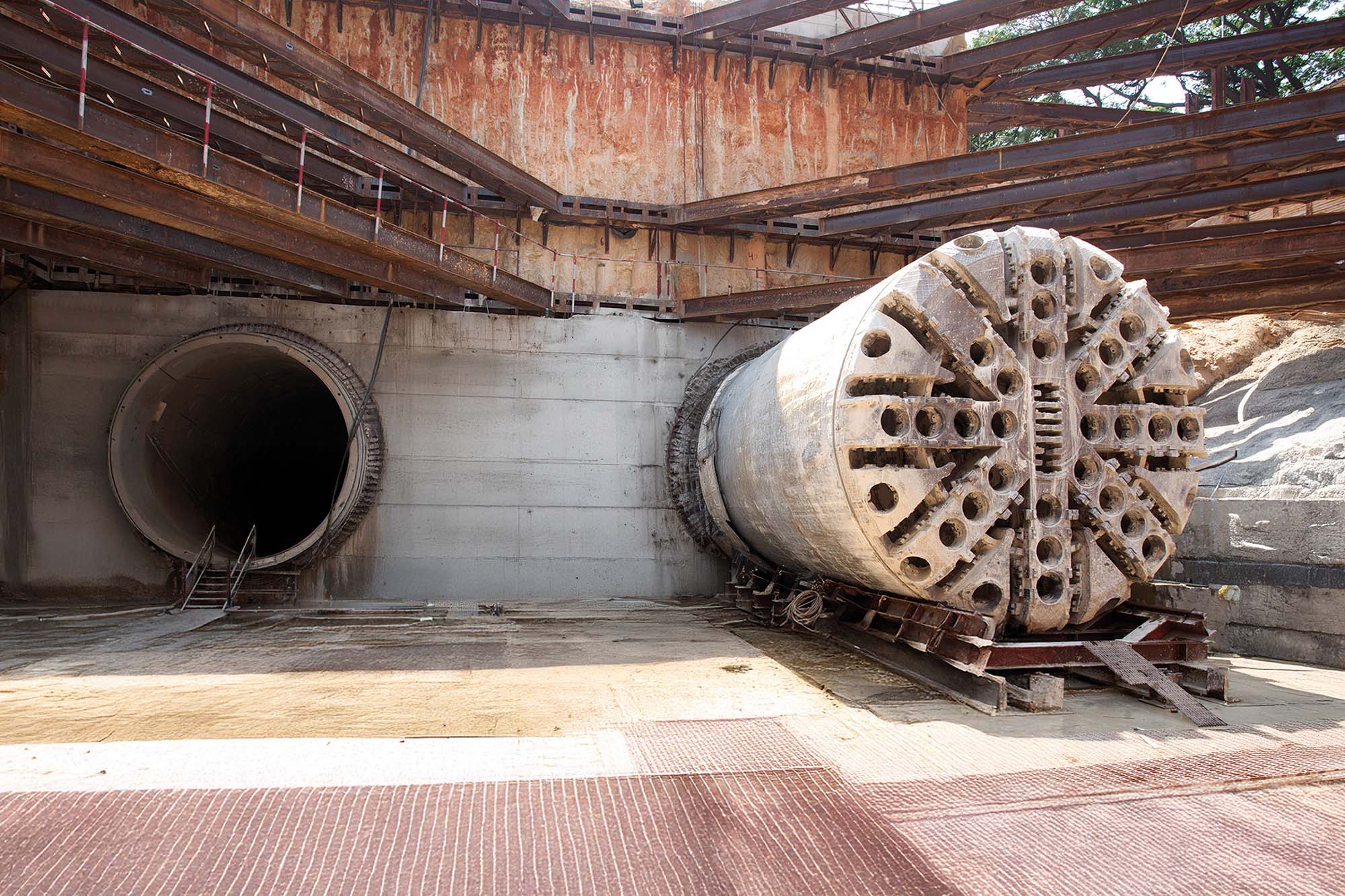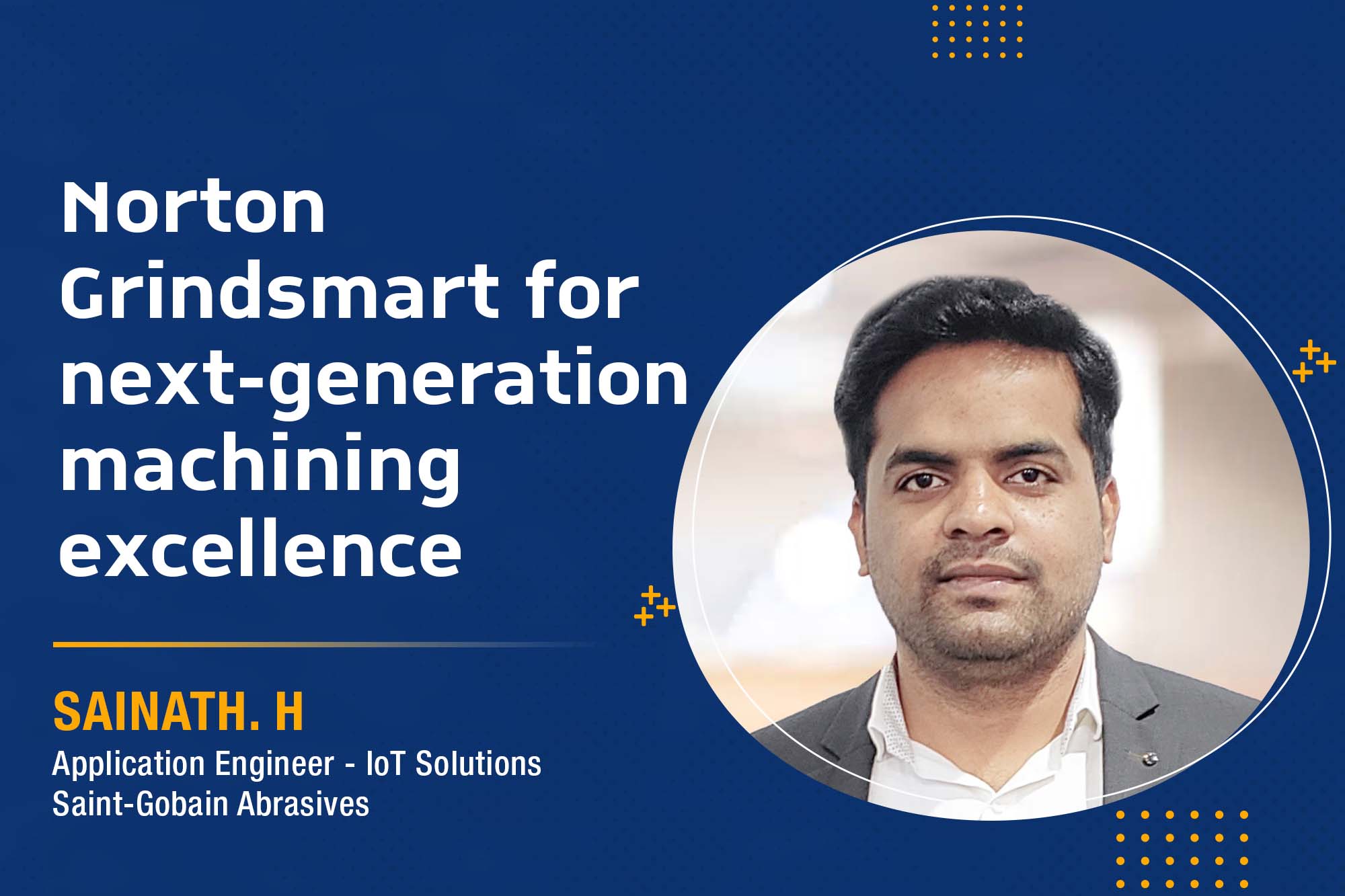Stay ahead in manufacturing by adopting latest technologies
By OEM Update Editorial June 5, 2024 12:53 pm IST
Vineet Seth, Managing Director for South Asia & Middle East, notes the increasing focus on automation scripts and application programming interfaces, which enable users to customise workflows to their specific needs. Mastercam’s openness to this trend has garnered popularity, offering the needed flexibility to accommodate diverse machining requirements.
How does your latest innovation, Mastercam 2025, address the evolving needs of modern manufacturing?
The latest Mastercam 2025 release offers significant innovations. The redesigned interface improves navigation and productivity. The new multiaxis toolpaths provide precise control over intricate geometries. Enhanced tool motion strategies ensure precision and reduce tool wear while more efficient management streamlines programming workflows. Mesh handling improvements simplify working with STL formats, aiding advanced CNC operations. Mastercam Additive Manufacturing Add-On ‘APLUS’ enables seamless transitions between additive and subtractive processes. The Coroplus Tool Library, integrated through a partnership with Sandvik Coromant, enriches the tool selection process with a comprehensive database. The Kennametal Tool Library partnership also provides access to an extensive tool collection for streamlined programming.
Mastercam’s simulation partnership delivers realistic CNC process simulations, ensuring accurate toolpath verification. Together, these features and partnerships make Mastercam 2025 a robust solution for machining challenges, improving efficiency, flexibility, and precision in manufacturing.
Certain outdated Mastercam users sometimes perceive it as CAM software for 2D machining alone. However, Mastercam, during the last decade, has actively bridged reliability with modern IIoT (Industrial Internet of Things) by integrating tools like mConnect. This tool enhances connectivity and communication between shop floor machines and software, providing real-time data to optimise workflows and increase efficiency. With this approach, we aim to retain the trusted, feature-rich legacy while embracing new technologies to remain relevant in today’s rapidly evolving manufacturing landscape.
How are increased automation and remote operating systems impacting the machine tools industry?
Increased automation and remote operating systems are revolutionising the machine tools industry by enhancing efficiency and productivity. These systems reduce manual intervention, allowing machines to work more autonomously and avoid errors, sometimes caused by Human fatigue and negligence. A typical scenario is one where industrial robots and pallets continually load and unload raw material or semi-finished parts for further operations. Automation also helps in areas like tool setting and in-process probing, which help ensure quality at various stages in the production. Remote monitoring enables real-time data analysis and predictive maintenance, minimising downtime and improving decision-making. As a result, machine tool operations become more agile, consistent, and adaptable to changing manufacturing demands.
These technologies are part of the modern Industry 4.0 and 5.0 innovations leading to Smarter and more reliable manufacturing.
Please expand on the emerging possibilities in machine tools for manufacturing enabled by AI and IoT technologies.
AI is increasingly being adopted within the Machine Tool ecosystem to ensure reliability and consistency in manufacturing. Through predictive maintenance, it identifies early signs of wear to minimise unexpected downtime. Its adaptive algorithms monitor machining conditions in real time, adjusting parameters to maintain consistent quality. Anomaly detection spots deviations from the optimal operation, prompting immediate corrections, while intelligent path planning ensures efficient, precise machining, reducing tool wear.
Machine learning enhances modern CNC machine tools in several ways. It optimises NC codes and reduces production time and material waste. Analysing historical and real-time data enables predictive maintenance, minimising unplanned downtime. Adaptive learning is expected to self-correct and adjust several parameters for consistent output, even in varying conditions.
Finally, tying all these together in an interface that helps humans make informed decisions at a critical stage makes this combination a vital technology going forward.
Please discuss the role of additive manufacturing in simplifying supply chain solutions.Additive manufacturing simplifies the production process compared to traditional methods. Once the design for a part and its support structures are completed, 3D printing becomes plug-and-play. This makes it easier to localise production, reducing dependence on distant suppliers. As a result, spare parts, tools, and products can be created on demand, lowering inventory and storage costs. It also shortens lead time since digital files are shared globally and printed locally. It streamlines the supply chain and provides flexibility through rapid prototyping and customisation.
Please discuss how cutting tool materials and geometries impact the efficiency of a machine tool.
In my opinion, the design and material of cutting tool inserts influence how machine tools manage complex parts. However, the machining dynamics can vary even within a single component, especially considering factors like varying depth, wall thickness, and minimum radii. Materials like carbide, ceramic, or diamond determine the tool’s wear resistance, cutting speed, and durability. Moreover, the part design might necessitate small tools that accelerate tool wear. Geometric features such as rake angles and edge configurations are crucial for managing cutting forces and vibrations, but success also hinges on effective cooling and chip removal. We can achieve a streamlined manufacturing process by integrating well-designed cutting tools with advanced machine tools and precise CAM software, enhancing accuracy, speed, and overall efficiency.
How can manufacturing leaders cultivate a culture of continual learning to empower CNC operators and CAM programmers?
A culture of continual learning in manufacturing starts from the top, fostering an environment where CNC operators and CAM programmers are consistently encouraged to enhance their skills and knowledge. This culture boosts adaptability, innovation, and performance. Organisations can offer regular training, knowledge-sharing sessions, mentorship programs, and workshops. At Mastercam, we facilitate this through comprehensive training, webinars, and on-site problem-solving. We also collaborate with machine tools, cutting tools, and work-holding partners to offer annual sessions worldwide, providing a bird’s eye and individualised view of processes and workflows leading to efficient manufacturing.
What about the CNC software advancements in the machine tool industry?
Futuristic trends in CNC machine tools and CAM software, like Mastercam, are reshaping the manufacturing landscape. Automation is taking centre stage, with Smart manufacturing technologies enabling machines to optimise operations autonomously, integrating seamlessly with Industry 4.0 systems. This connection allows CAM software to control entire production lines while monitoring real-time machine performance. Artificial Intelligence enhances productivity by analysing historical data and automatically refining toolpaths to reduce cycle times.
Another trend is the shift towards hybrid CNC machines, combining subtractive manufacturing (traditional CNC) with additive (3D printing) technologies. This hybrid approach requires unique toolpaths and parameters, which Mastercam and similar software are adapting to accommodate. The increased support for these systems reflects the industry’s broader move toward hybrid machines.
Moreover, CAM software is evolving to handle increasingly sophisticated machine configurations, particularly multitasking and Swiss-type machines. Mastercam’s growing support for these systems aligns with the rising demand for complex parts requiring simultaneous and complex multi-axis machining.
Finally, there is a growing emphasis on automation scripts and application programming interfaces (APIs), allowing users to customise workflows. Mastercam’s openness to this trend has already made it a popular tool, providing the flexibility needed to meet the unique demands of various machining environments.
Cookie Consent
We use cookies to personalize your experience. By continuing to visit this website you agree to our Terms & Conditions, Privacy Policy and Cookie Policy.



